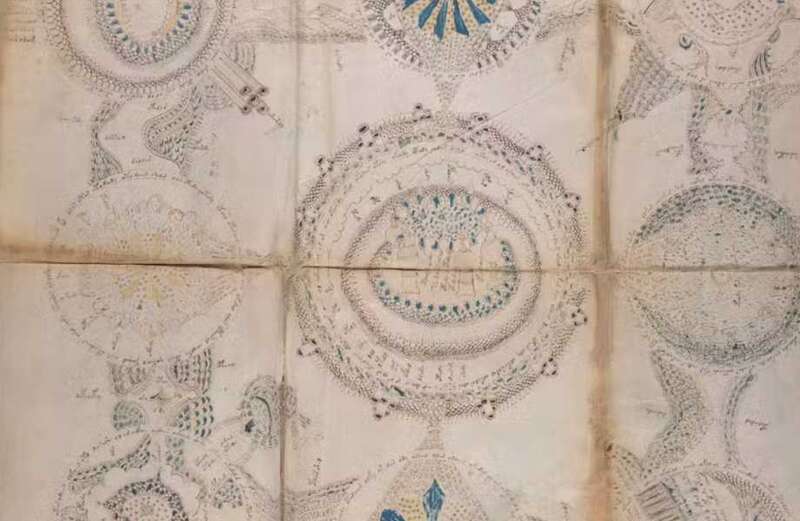THE Voynich manuscript is a 15th-century mysterious text that no one has ever deciphered.
New research has taken a closer look at the illustrations in the book and suggests it hides sex secrets.


The Voynich manuscript has baffled experts for decades.
It's thought to have been written in Italy between 1404 and 1438.
That means it is late-medieval and is also covered in medieval-style illustrations.
 From tongue scraping to saying no, here are 12 health trends to try in 2023
From tongue scraping to saying no, here are 12 health trends to try in 2023
A new article about the manuscript has been published in the Social History of Medicine journal.
Keagan Brewer and Michelle Lewis were the two researchers who worked on the study.
"The Voynich manuscript is a famous European enciphered manuscript of the early fifteenth century featuring herbal, pharmaceutical, astrological and anatomical illustrations, including hundreds of naked women.
"Some hold objects adjacent to or unambiguously pointed towards their genitalia," the researchers wrote.
The researchers propose that sex is one of the subjects described in the text.
Another academic called Dr Gerard Cheshire claimed to have deciphered the manuscript in 2019.
Cheshire also said the manuscript contains sex tips as well as herbal remedies and wisdom.
The strange manuscript is written on animal skin.
One section contains illustrations that show women holding objects to their genitalia.
The researchers think this image wouldn't belong in a manuscript that was solely about wisdom and herbal remedies.
 I want my girlfriend to try dirty talk but she won't do it
I want my girlfriend to try dirty talk but she won't do it
Brewer and Lewis focused on the work of Bavarian physician Johannes Hartlieb who lived around the same time to try and understand the manuscript.
"This paper therefore investigates the culture of self-censorship, erasure and encipherment of women’s secrets, with a focus on Dr Johannes Hartlieb (c. 1410–68).
"Hartlieb had enduring apprehensions about the propagation of women’s secrets in vernacular Bavarian, which culminated in a call for ‘secret letters’ to hide recipes for abortifacients and contraceptives," the researchers wrote.
Adding: "On the basis of this evidence, we propose that the Rosettes, the largest and most complex illustration in the Voynich manuscript, represents coitus and conception."

































